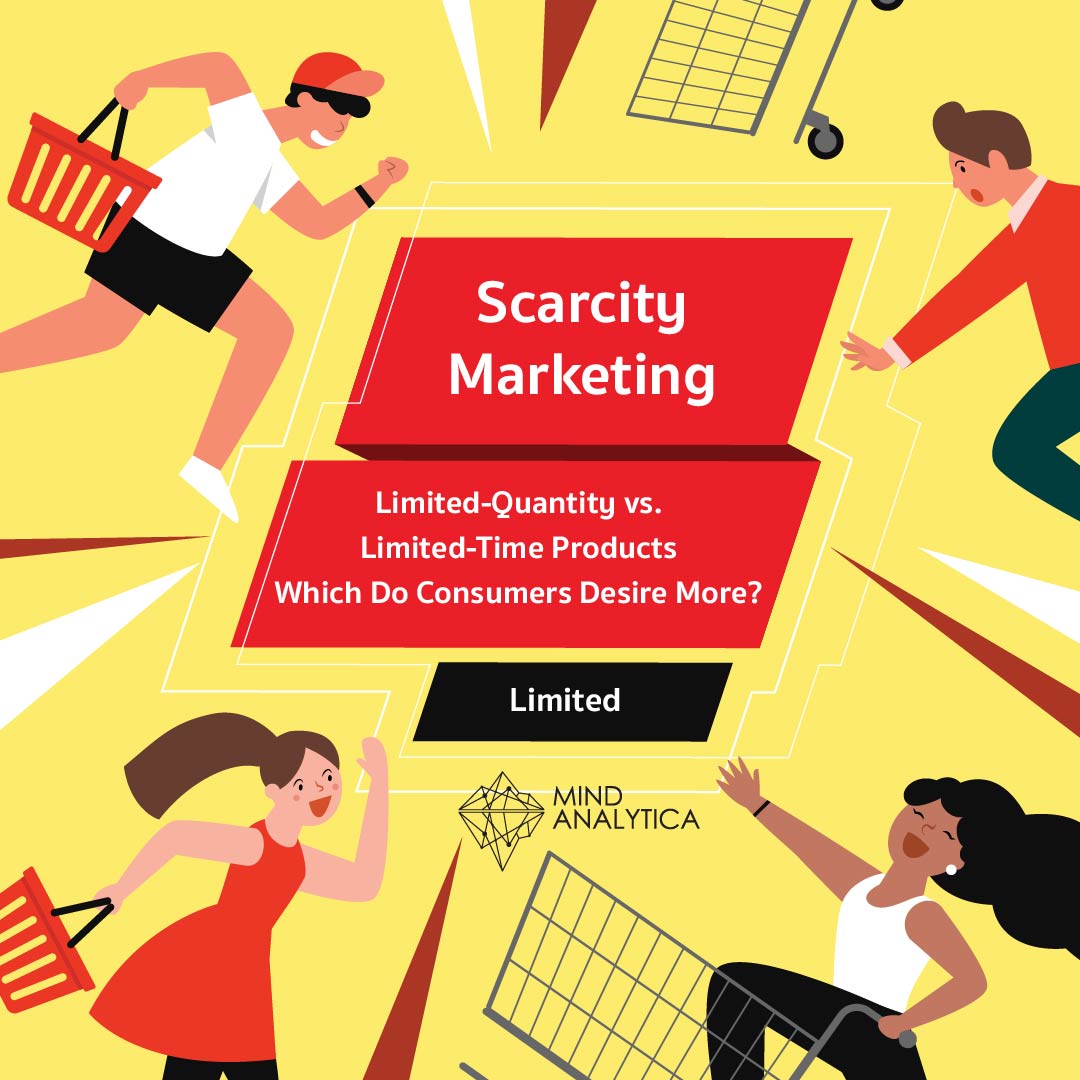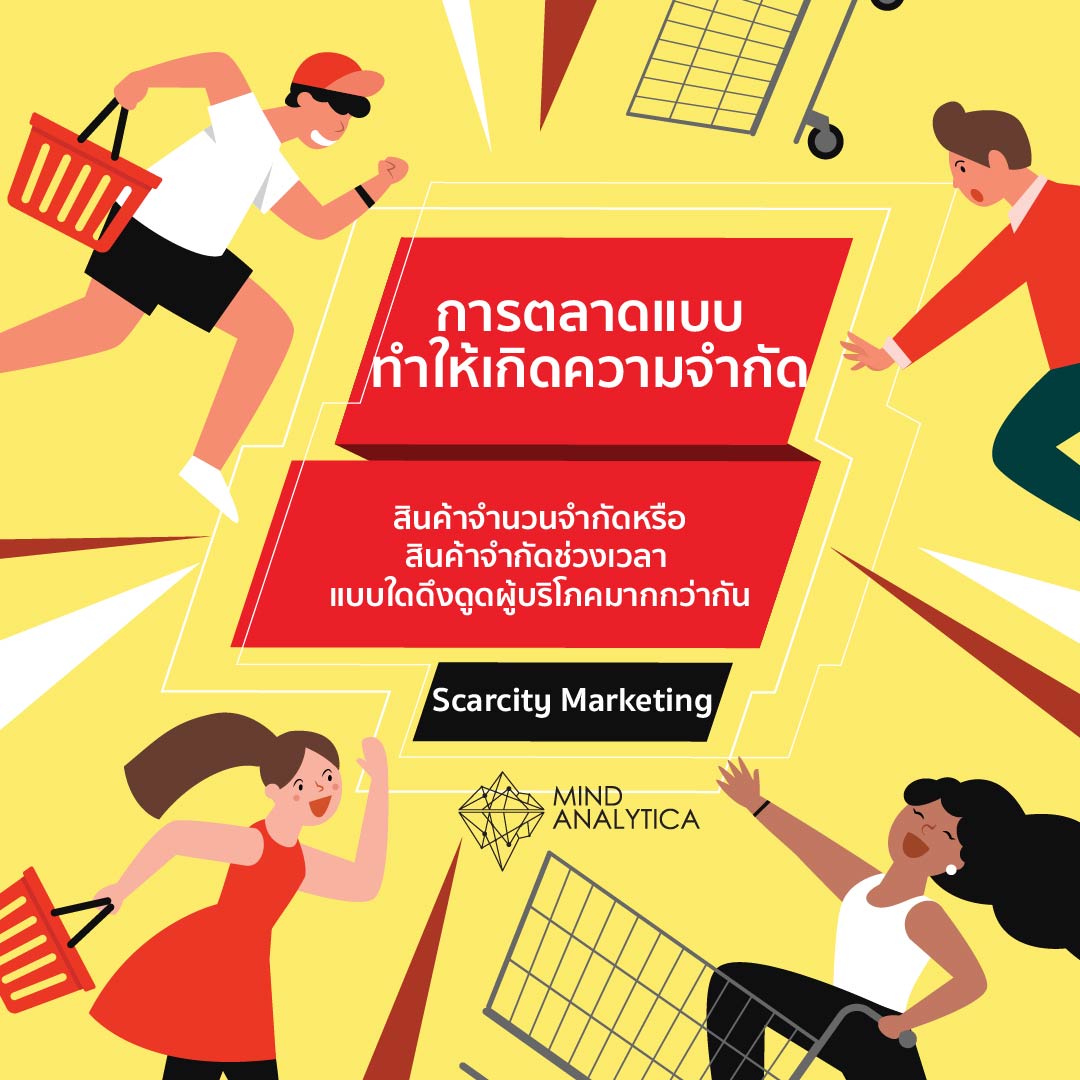Scarcity Marketing
20 พฤศจิกายน 2567 - เวลาอ่าน 3 นาที
Limited-Quantity vs. Limited-Time Products – Which Do Consumers Desire More?
In today's marketplace, many products are available in limited quantities or for a restricted time. A notable example of this trend is art toys—a hybrid of collectible and toy products—gaining popularity both in Thailand and internationally. Art toy brands often leverage a marketing strategy called scarcity marketing, creating a sense of rarity and exclusivity around their products.
Marketers evoke a feeling of scarcity and heightened demand by emphasizing attributes like rarity, uniqueness, and value in the consumer's perception. Scarcity marketing can generally be categorized into two types: limited-quantity products and limited-time products.
Psychological Impact of Scarcity
When consumers perceive scarcity communicated by a brand, it triggers psychological mechanisms that affect their perception of the product. For limited-quantity products, consumers feel the need to compete with others to secure the item on a first-come, first-served basis. This competition fosters a sense of achievement, enhances their self-image, and differentiates them socially. This strategy is often associated with luxury goods.
On the other hand, limited-time products create urgency by making consumers compete against the clock. These products are perceived as fresh and innovative, appealing to consumers who enjoy being trendsetters or early adopters. Seasonal offerings, such as those for New Year, Songkran, or Christmas, frequently use this strategy.
Research Insights
A study led by Tser Yieth Chen and colleagues from National Taipei University and Ming Chuan University examined the effects of these two scarcity marketing strategies on consumer demand. The study surveyed 400 Taiwanese consumers to investigate whether scarcity influenced demand through perceptions of social status, uniqueness, and value.
Key Findings:
- Both limited-quantity and limited-time strategies positively influenced perceptions of social status, uniqueness, and value. These perceptions ultimately heightened consumer demand.
- However, limited-quantity products had a stronger impact on consumer demand compared to limited-time products.
Practical Implications for Marketers
Scarcity marketing strategies are commonly employed by luxury brands during product launches. By communicating both quantity constraints and time constraints, brands can effectively drive demand. Key recommendations for marketers include:
1. Highlight Uniqueness: Use messaging that emphasizes the distinctiveness of the consumer's image on the brand's website, capturing interest at first glance.
2. Create a Sense of Crisis: Convey the idea that missing out on the product may have negative consequences for the consumer.
3. Boost Visibility: During product launches, use prominent branding and collaborations with celebrities or influencers to increase product appeal.
Conclusion
While limited-quantity and limited-time strategies may yield different levels of impact on consumer demand, brands can successfully employ both strategies simultaneously. To maximize the effectiveness of scarcity marketing, brands must focus on highlighting exclusivity, social status, and perceived value in their messaging during product launches.
Reference
Chen, T. Y., Yeh, T. L., & Wang, Y. J. (2021). The drivers of desirability in scarcity marketing. Asia Pacific Journal of Marketing and Logistics, 33(4), 924–944.



